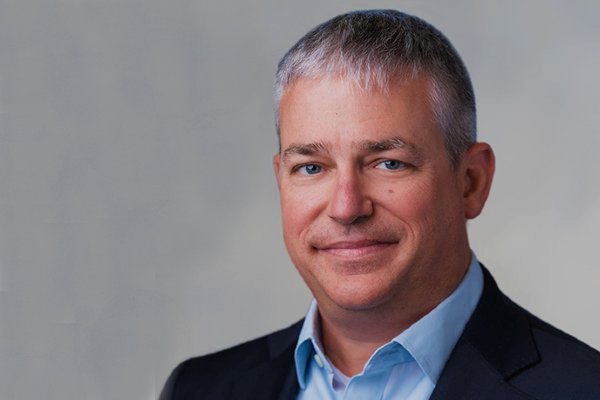“IT has long had a remote work capability given the 24/7 hours operation that has been in place. As a result, although perhaps not declared specifically, a hybrid has been in place for years for IT,” says Park Place Technologies’ CIO Michael Cantor.
Indeed, the remote work capability of IT has been there in the past. However, the COVID-19 pandemic led organisations and businesses globally to rely upon and leverage IT’s remote work capability to support their staff and operations remotely with new software applications and tools.
And that created a tech-driven modern, work-from-home (WFH) model, which came fore in the aftermath of a deadly pandemic and has continued even in post-pandemic years. But with the end of the pandemic, organisations have continued the WFH model but have altered it with a new Hybrid work model.
While the WFH and Hybrid work models have become quite popular among workers and their employers, out of necessity and cost benefits. However organisations had to invest and put efforts to re-calibrate and optimise their IT infrastructure and resources to enable a secure WFH model for their staff.
In this edition of CIO Insights, Park Place Technologies’ CIO Michael Cantor spoke to TechHerald on the impact of the WFH and Hybrid work models and IT infrastructure, challenges for CIOs, and how Park Place can help organisations to optimise IT resources and derive more benefits from IT and technology investments.
Edited excerpts…
Q1. Has the hybrid work model adoption led to any major change or shift, in terms of how customers and their CIOs are dealing with the overall IT infra services and resources, from data centre and cloud service providers?
CIO Michael Cantor: It’s questionable as to how much the hybrid work scenario will stay in place, with many companies emphasizing office days more than work-from-home days. But, a 4/1 or a 3/2 office/WFH schedule does seem to be the more common versus 5/0 or 0/5. So, there is some sort of hybrid that will remain in place, and I don’t think it’s very different than before the pandemic years.
IT has long had a remote work capability, given the 24/7 hours operations that have been in place. As a result, although perhaps not declared specifically, a hybrid has been in place for years for IT. I don’t see a shift as a result, except in those instances where it has been difficult to return people to the office. If the workforce can be completely remote, it becomes irrelevant to their location, so the workforce might as well be shifted to a lower-cost region. I do see a trend in more offshoring as a result.
Q2. In the hybrid work scenario, based on customer interactions, can you share the challenges that organisations and their CIOs are facing today in terms of meeting their IT and business needs?
CIO Michael Cantor: The potential for a recession seems to be suppressing spend across the industry, so that is offsetting the normal challenges that I’ve seen up until six months ago. So, I would have said staffing was a primary challenge, but that seems to be shifting as companies downsize or adjust their budget in accordance with their expectations of a recession. So from what I see, funding for initiatives has become a key challenge.
That hasn’t been true for Park Place as we’ve continued to increase our IT investment. Up until six months ago, staffing and retention were primary issues for me, but with other major IT consumers downsizing, that issue has dropped significantly. Right now, my key challenge is adjusting processes to respond to our increased scale. We’re doing more large projects and scaling the organisation in response to that, and with hiring becoming easier, that scale is increasing faster than our processes.
Q3. Which are the areas where Park Place Technologies is helping service providers as well as enterprise customers to optimise IT infra services and resources, which could lead to a positive business impact?
CIO Michael Cantor: Park Place Technologies is a global data centre and networking optimisation firm. Powered by the world’s largest on-the-ground engineering team, a robust group of advanced engineers and our global enterprise operations centres, we help more than 21,000 clients optimise data centre budgets, productivity, performance, and sustainability so they can think bigger – and act faster.
From procurement to decommissioning, our comprehensive portfolio of services and products helps IT teams optimise IT lifecycle management. This frees time and spending so they can focus on transforming their businesses for the future.

